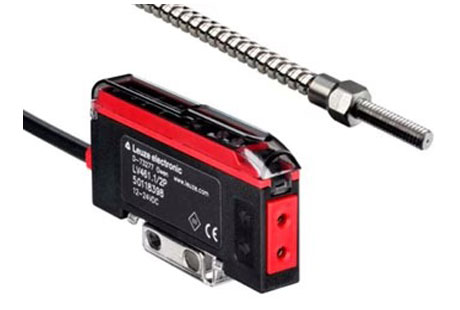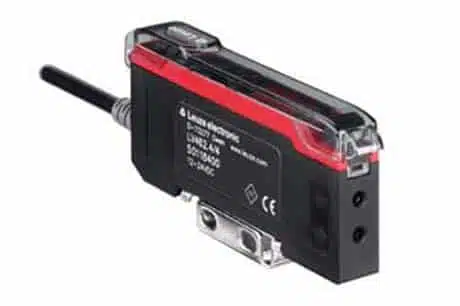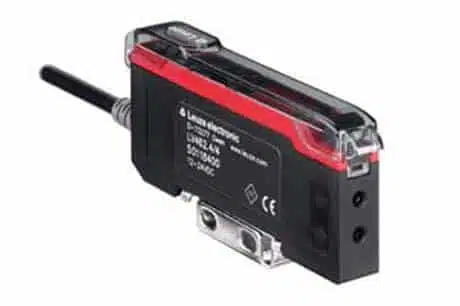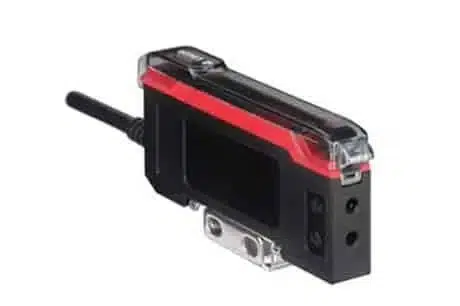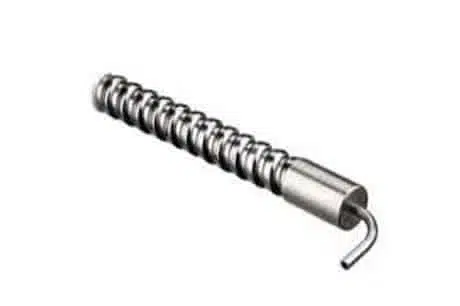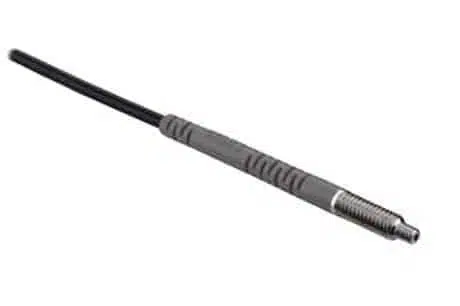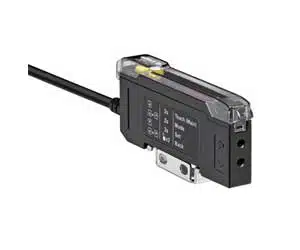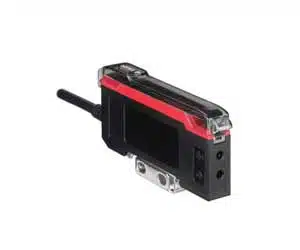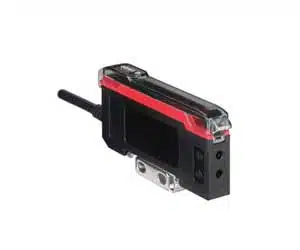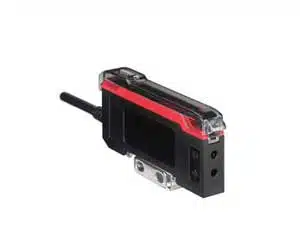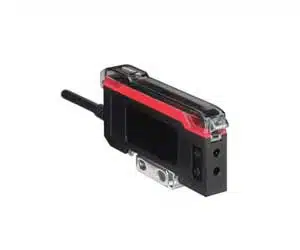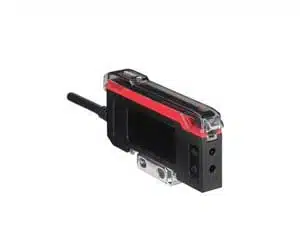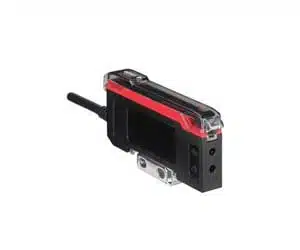Leuze Fiber Optic Sensors: Fiber Optic Amplifiers
Request a Quote For Leuze Fiber Optic Sensors
IndMALL Automation delivers advanced Leuze Fiber Optic Sensors, optimizing optoelectronic detection capabilities. Our selection of Leuze plastic and glass fiber optics is versatile, available in multiple configurations to effortlessly integrate into varied system designs.
The detection range is determined by combining Leuze fiber optics and its corresponding fiber optic amplifier. Featuring Leuze fiber optic sensor amplifiers, our sensors guarantee reliable and precise detection, providing flexible installation options.
Leuze Fiber Optic Sensors: LV461 Series
Modify distance/response speed with mode adjustment, toggle seamlessly between light/dark modes, and refine sensitivity with a 20-level knob.
LV461 Series
Leuze Fiber Optic Amplifiers: LV462B Series
Featuring a 4-number display and superior dynamics, enjoy on-device timing functions, adjustable sensitivity, easy mode switching, and AutoSet sensitivity tuning.
LV462B Series
Leuze Fiber Optic Sensor Amplifier: LV463 Series
Offering dual displays for simultaneous signal and threshold viewing, our sensor boasts three quick teach modes, extensive configuration options, built-in multiplexing for up to six devices, and an IO-Link version.
LV463 Series
Leuze Glass Fiber Optics
Choose from diverse glass fiber optic types, encased in durable metal, including anti-corrosion stainless steel, ideal for high temperatures and designed for vacuum-sealed light transmission.
Leuze Plastic Fiber Optics
Explore an extensive assortment of fiber optics, featuring molded bend protection, side-facing fibers, cross-sectional adaptors, V-shaped fibers, and add-on lenses for enhanced range and accuracy.
More Products List
LV462B-24
LV463I-XR7-2T
LV463I-XR7-L4-M8
LV463-XR7-4T
Some Frequently Asked Questions
What are fiber optic sensors used for?
Uses of Fiber Optic Sensors
Fiber optic sensors are used to measure things and keep an eye on changes in places that might be hard to reach or sensitive.
In medical fields, they can check a patient’s temperature and other vital signs without being intrusive. It’s gentle and safe for the patient.
In industries, they monitor things like temperature, pressure, and vibrations in machines. This helps prevent problems and keeps machines running smoothly.
In bridges and buildings, fiber optic sensors keep track of changes that might show a problem, like if something’s breaking or moving.
So, whether in medical, industrial, or construction uses, fiber optic sensors provide valuable, precise, and safe monitoring in various applications and environments.
How do fiber optic sensors work?
Fiber optic sensors use light to detect changes in their surroundings without needing electrical power where they’re placed.
These sensors have a light source, fiber optic cable, and a receiver. The light source sends light through the fiber optic cable.
When the light travels to the other end, the receiver looks at the light. If something changes the light, like bending the cable, the sensor notices.
Then, the sensor sends a signal, telling other equipment that something has changed, which can then react or record this change.
Simply, fiber optic sensors spot changes by observing alterations in the light, and then sending out a signal to inform about the changes detected.
What is the principle of fiber optic sensors?
Principle of Fiber Optic Sensors
Fiber optic sensors work on a principle known as “modulating light properties.” Let’s talk about that in simple words.
Imagine a flashlight that sends light through a flexible, clear tube. The light travels from one end to the other.
If you bend, press, or heat the tube, the light changes a bit. It might get dimmer or change colors slightly.
The sensor watches the light and notices these changes. If the light changes, it means something is happening to the tube.
So, the basic principle: fiber optic sensors watch for changes in the light, which indicates changes in the environment or object they are monitoring.
What are the two types of Fibre optic sensors?
Two Types of Fiber Optic Sensors
Fiber optic sensors are mainly of two types: intrinsic and extrinsic, each having different ways of working.
Intrinsic fiber optic sensors use the fiber itself to sense things like temperature, pressure, or strain. The fiber experiences changes and notices them.
When something alters the light inside the fiber, such as bending it, the intrinsic sensor recognizes this change as meaningful.
Extrinsic fiber optic sensors use the fiber to deliver light to a sensing region. It carries light to and from that location.
The fiber here is not sensing changes directly; instead, it helps detect alterations in an external medium or space.
To sum up, intrinsic sensors observe changes within the fiber itself, while extrinsic sensors use fibers to sense changes in an external environment.
Discover the exclusive price of Leuze Fiber Optic Sensors at IndMALL Automation.

